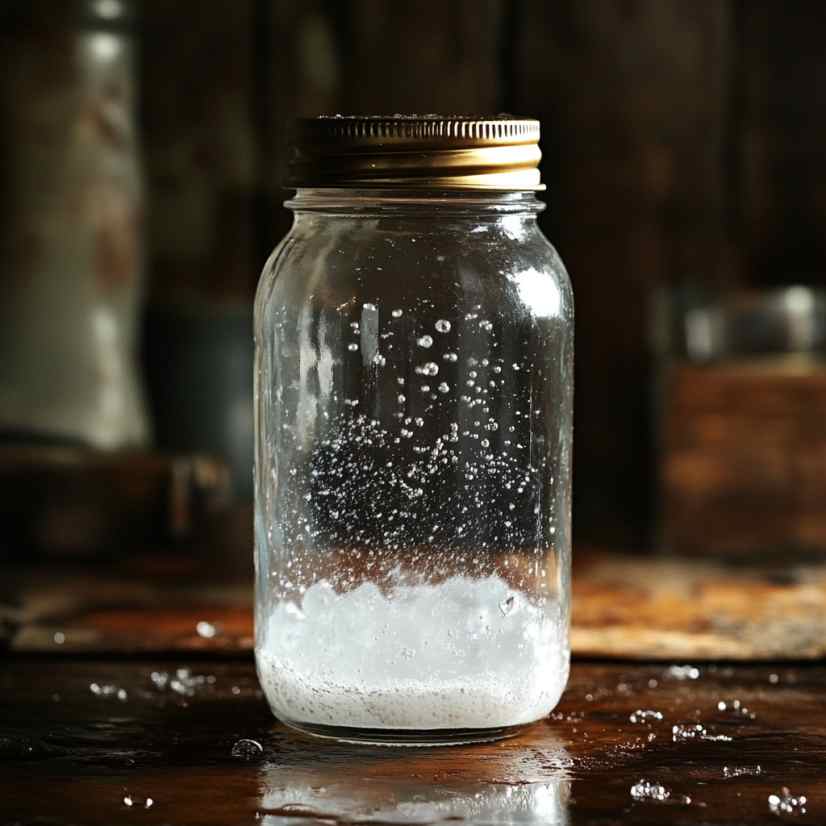How To Make a STORM GLASS To Predict The Weather
Make sure to like Living Green and Frugally on Facebook, Shop at amazon to help support my site and explore our PINTEREST BOARDS for innovative ways you can become self-sufficient.
The Storm Glass is an intriguing instrument with a history dating back to the mid-1700s. It was designed to predict weather conditions by observing changes in the appearance of the liquid and crystals within the glass container. Here are some of the interpretations of the glass’s contents:
- Clear Liquid: Indicates bright weather.
- Crystals at Bottom: Suggests thick air and potential frost in winter.
- Dim Liquid with Small Stars: Signals thunderstorms.
- Large Flakes: Indicates heavy air, an overcast sky, and potential snow in winter.
- Threads in Upper Portion of Liquid: Suggests windy weather.
- Small Dots: Indicate damp weather and fog.
- Rising Flakes Remaining High: Suggests wind in the upper air regions.
- Small Stars: In winter, on bright, sunny days, they may predict snow in one or two days. The higher the crystals rise in the glass tube in winter, the colder it will be.

The Storm Glass gained popularity when it was used on ships and in harbors throughout Europe to provide early warnings of impending bad weather. It became most famous through its use by Admiral FitzRoy during his voyage with Charles Darwin to the Galápagos Islands. As a result, the instrument is sometimes referred to as the “FitzRoy Storm Glass.”
The Storm Glass remains an intriguing historical weather forecasting tool, offering unique insights into weather prediction based on the observations of its liquid and crystals.
